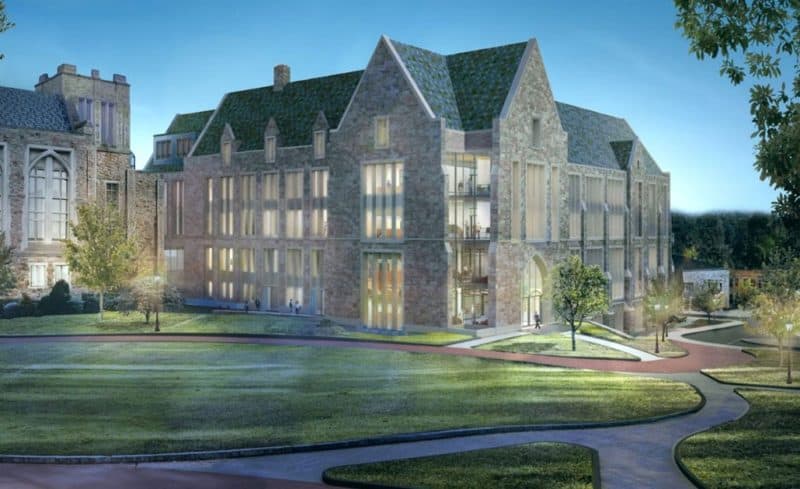In 2017, Boston College announced the development of a new $150 million, 156,500sf science complex on its Chestnut Hill Middle Campus to house laboratories, classrooms, and maker spaces for students.
The complex is being designed by the Boston-based architecture firm Payette.
Now, as this expansive development gets underway, it is worth examining the role integrated science centers like this play in the Boston market, as well as the specific tools and technologies required in these sophisticated facilities.
With over 120 colleges and universities in Greater Boston alone, the region is one of the world’s premier hubs for higher education. And as the launch of BC’s science center clearly demonstrates, campuses throughout the Commonwealth have introduced a number of new, modern science buildings, including Tufts’ Science and Engineering Complex (SEC), UMass Amherst’s Institute for Applied Life Sciences (IALS), Boston University’s Center for Integrated Life Sciences & Engineering (CILSE), Northeastern University’s Interdisciplinary Science & Engineering Complex (ISEC) and Lasell University’s Science and Technology Center (STC).
With schools striving for more amenities, especially in the science and tech sector, the construction of state-of-the-art research and academic buildings have become reliable sources of construction jobs across the Commonwealth, in addition to fostering ideas and innovation in Greater Boston.
JM Electrical has completed work on a number of these science centers, including Boston University’s CILSE and Northeastern University’s ISEC. At each facility, JM installed complete building automation systems, which are essential to the operational use of these buildings.
Science buildings often require precise air control, down to the room level. Frequently, these facilities will exhaust air from labs where experiments using chemicals are underway, which makes supplying fresh air back into the work space essential. This is achieved through the use of a complex air valve system. While conserving energy and keeping building occupants safe and comfortable can be difficult, it is a vital part of our work.
As part of school’s commitment to expanding and advancing its science programs, these modern, collaborative environments are attracting students to the Boston area from all over the world. Today’s students recognize these colleges and universities as places where they can gain experience and access to industry leaders, partner on exciting projects, and expand their knowledge.
As a result, Boston’s reputation for innovation continues to grow; likewise, moving forward, the economy and the science and tech sector both will benefit from an influx of new talent representing the next generation of doers, makers and innovators.
